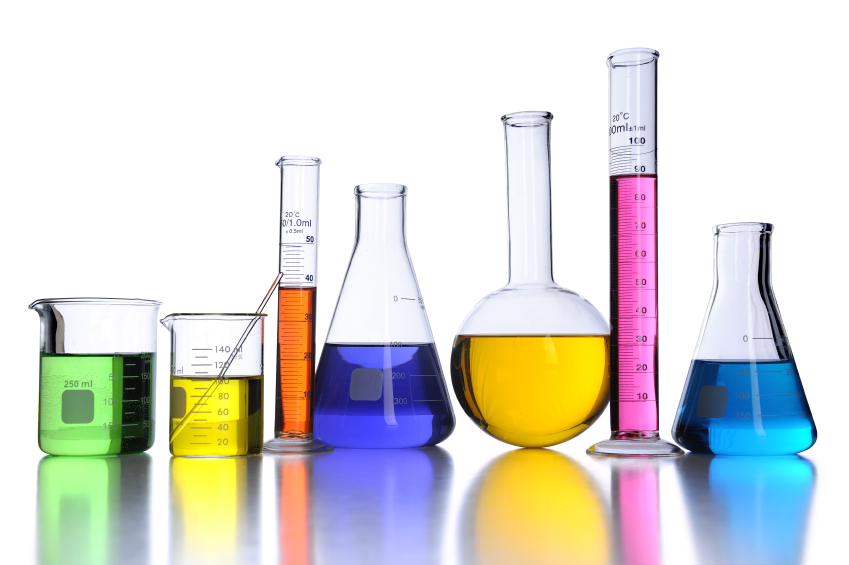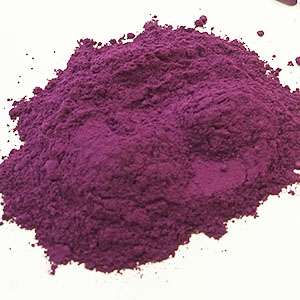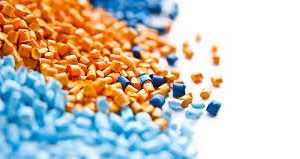“Types of compounds” refers to different categories or classifications of chemical compounds based on their composition and properties. There are various types of compounds, including:
- Ionic compounds: These compounds are formed through the transfer of electrons between atoms, resulting in the formation of positive and negative ions. Examples include sodium chloride (NaCl) and calcium carbonate (CaCO3).
- Covalent compounds: Covalent compounds are formed through the sharing of electrons between atoms. They can be further classified into polar covalent compounds (unequal sharing of electrons) and nonpolar covalent compounds (equal sharing of electrons). Examples include water (H2O) and methane (CH4).
- Organic compounds: Organic compounds are compounds that contain carbon atoms bonded to hydrogen atoms, along with other elements such as oxygen, nitrogen, sulfur, or halogens. They are the basis of life and include substances such as carbohydrates, lipids, proteins, and nucleic acids.
- Inorganic compounds: Inorganic compounds are compounds that do not contain carbon-hydrogen bonds. They include minerals, metals, acids, bases, and salts. Examples include sulfuric acid (H2SO4) and sodium hydroxide (NaOH).
- Metallic compounds: Metallic compounds are compounds that consist of metal atoms held together by metallic bonding. They typically have high electrical and thermal conductivity. Examples include iron (Fe), copper (Cu), and aluminum (Al).
- Molecular compounds: Molecular compounds are compounds composed of two or more nonmetal atoms bonded together by covalent bonds. They can range from simple molecules to complex structures. Examples include carbon dioxide (CO2) and ammonia (NH3).
- Organic-inorganic compounds: These compounds contain both organic and inorganic components. They can have a wide range of applications and properties. Examples include organometallic compounds and hybrid materials.
These are just a few examples of the types of compounds that exist. The classification of compounds is based on their chemical characteristics, bonding types, and structural features. Each type of compound has its own unique properties and plays a crucial role in various fields of chemistry and everyday life.





There are no reviews yet.